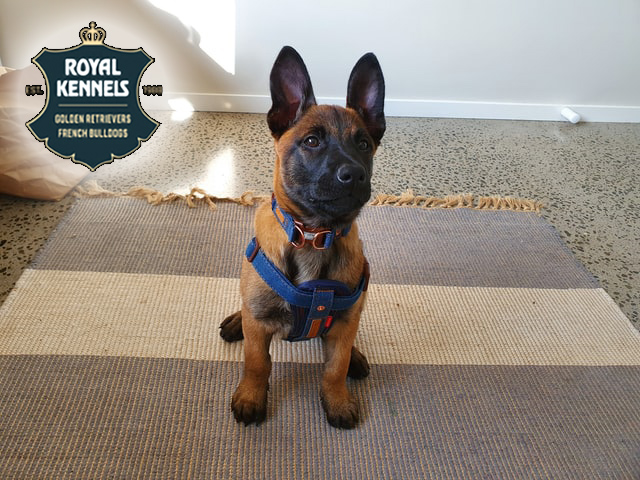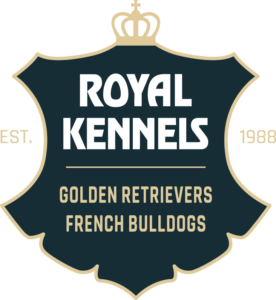Royal Kennels Golden Retrievers and French Bulldogs is a family-run training & breeding kennel dedicated to producing a small number of healthy field-bred puppies each year.
Looking for healthy Golden Retrievers & French Bulldogs for sale in Pattaya, Bangkok, and Phuket? We make deliveries to dog-loving families in Phuket, Bangkok, Pattaya, and Chaing Mai.
The images used on this website are a combination of original and illustrative images. Some images are for illustration purposes only and do not represent real individuals, events, or products. These illustrative images are not original and may belong to others. No infringement is intended, and we do not claim any rights to these images. If you are the rightful owner of any of these images and would like them to be removed or properly credited, please contact us. The original images on this website are the property of Royal Kennels and are protected by copyright laws.

